The first exhibition at the Metropolitan Museum of Art devoted to a contemporary jewellery designer, ‘Jewels by JAR’ is a retrospective of over 400 sparkling fantasies by the Bronx-born, Paris-based Joel A. Rosenthal. This exhibition not only allows the viewer a rare glimpse into the notoriously private world of Rosenthal and his creations, but also reinforces the key concerns of his work: colour, sculpture, nature and intimacy.
This exhibition is historically significant not only for the Met and Rosenthal but also for the tradition of jewellery design. It was originally intended for the Costume Institute but, as the curator Jane Adlin explains, was deemed more fitting here as the Met not only has a collection of fine jewels, but has recently hosted exhibitions of Cartier and Tiffany jewellery. This exhibition draws a potentially polemical line between costume jewellery and fine jewellery, between dress and art, between the jewelry designer and, as Rosenthal is described on the Met’s website, the ‘artist of gems’.
Rosenthal measures the value of a stone not in carats but in colour: he prefers a deep spinel over a fainter ruby. This open-mindedness towards materials goes beyond his support for the patronisingly labelled ‘semi-precious’ stone, as he pushes our perception of ‘fine’ jewelry to include amber, shell, grosgrain ribbon, carved wood, feathers, conkers and even beetle wings.
Rosenthal attended Harvard University before moving to Paris, where he owned a needlepoint shop before opening JAR with his partner, Pierre Jeannet, in 1977. This first business quite literally ‘coloured’ Rosenthal’s selection of stones; just as needlepoint works use various stiches of different colours that optically mix to form one colour field, Rosenthal mixes stones of different hues to create a painterly wash of colour in his jewellery. This technique is most clearly illustrated by his coloured balls necklace of 1999. From afar each ball appears to be a single colour as the gems’ tones blend into one another.
Rosenthal is also unconventional in his stone setting decisions. He has popularised the upside-down diamond and the pavé setting, where multiple small stones are mounted to cover as much of the metal core as possible. Most controversially, major gems are rarely set as main feature but are instead placed where their colour is needed as part of the sculpture.
This deliberate underplay of the rarity of stones is most obvious in his life-sized butterfly broaches, where stones are used to draw attention to the slight inconsistencies in the natural patterns of the insects’ wings. Here the pieces are sculpted not in form but in colour.
These butterflies were first displayed together as a ‘butterfly wall’ in Rosenthal’s exhibition at Somerset House in 2002. They are revived again at this exhibition, where Rosenthal’s commitment to the idiosyncrasies of natural forms over their symmetrical archetypes is echoed even in the layout, which encourages viewers to wind from the outer walls towards the central displays in a spiral movement.
This love of endearing intricacy is perhaps what made Rosenthal so committed to the personalisation of each piece for its future owner. Diamonds can be found on the backs and clasps of items, and initials and acronyms are inscribed for the private appreciation of the wearer. This intimate connection between JAR, the jewel and the owner is so central to Rosenthal’s philosophy that it makes up an integral part of the experience of any JAR jewel. Therefore, no matter how closely a viewer scrutinises these entrancing objects, they will always maintain that cloak of mystery, with only the owner privy to their true character.
‘Jewels by JAR’ is on at the Metropolitan Museum of Art until 9 March 2014.
Unlimited access from just $16 every 3 months
Subscribe to get unlimited and exclusive access to the top art stories, interviews and exhibition reviews.

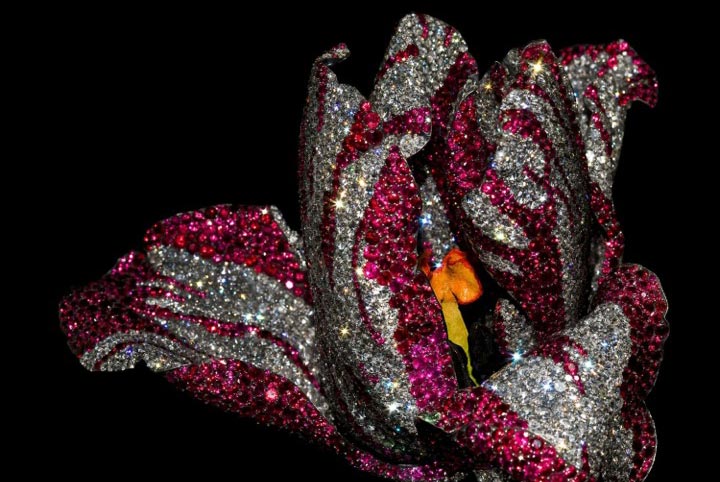
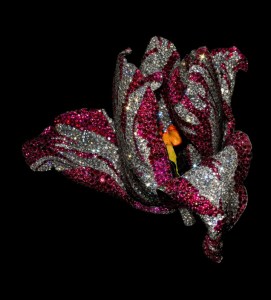
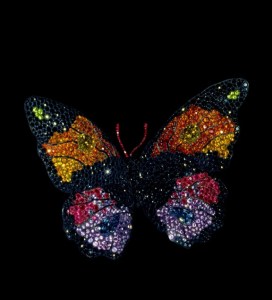
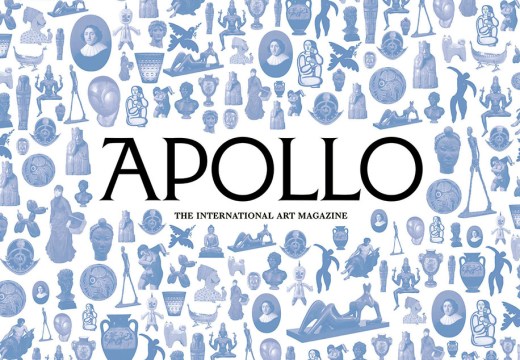
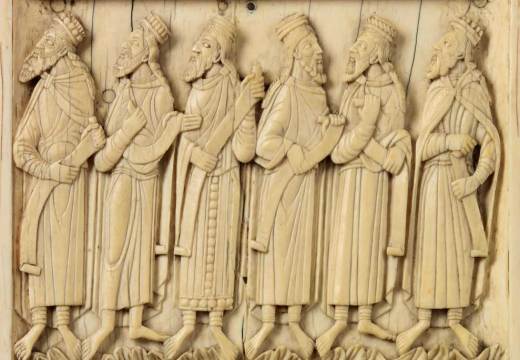










![Masterpiece [Re]discovery 2022. Photo: Ben Fisher Photography, courtesy of Masterpiece London](http://www.apollo-magazine.com/wp-content/uploads/2022/07/MPL2022_4263.jpg)
It’s time for the government of London to return to its rightful home